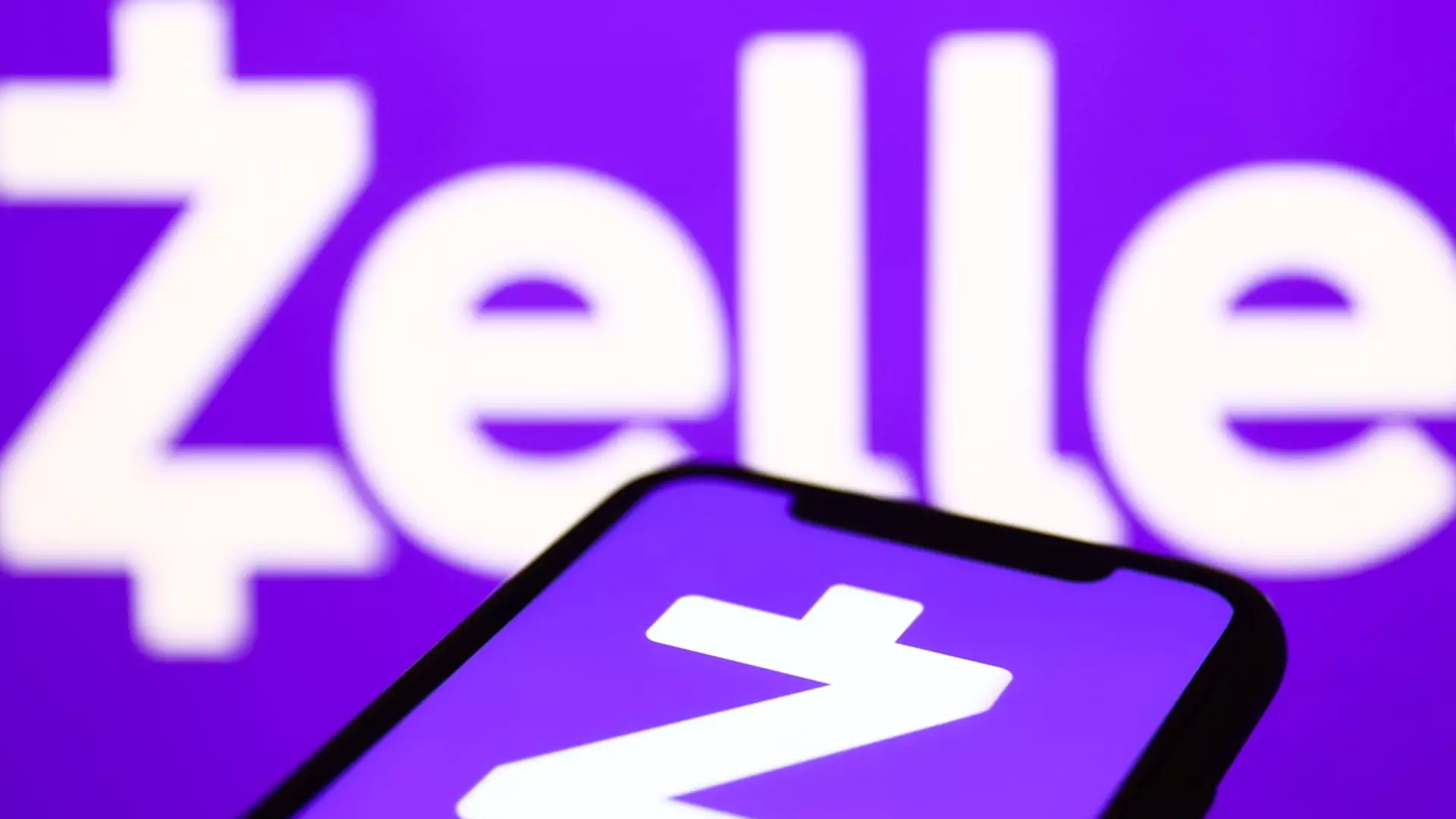Zelle has experienced unprecedented growth within the peer-to-peer (P2P) payments sector, marking a significant milestone by surpassing $1 trillion in transaction volumes last year. Managed by Early Warning Services, a consortium owned by major banks such as JPMorgan Chase and Bank of America, Zelle has positioned itself as a formidable player against established fintech rivals like Venmo and PayPal. But what factors contributed to this remarkable surge, and what challenges does Zelle face in the evolving digital payments landscape?
The platform’s user base swelled by 12% in 2024, reaching a staggering 151 million accounts. Notably, Zelle’s transaction volume soared by 27% compared to the previous year, highlighting an increasing reliance on digital payment solutions as consumers shift away from cash and checks. Denise Leonhard, Zelle’s general manager, emphasized that last year’s volumes represented the most substantial amount transacted by any P2P service in a single calendar year—a testament to the platform’s rapid ascendancy.
Zelle’s unique selling proposition lies in its seamless integration within the banking apps of its member institutions. This accessibility allows for instantaneous transfers, arguably offering a more convenient alternative compared to its competitors. Unlike other P2P platforms that may require users to leave their banking environment, Zelle’s user experience is streamlined within familiar banking applications, thereby fostering trust and convenience.
Zelle’s advantageous positioning stems largely from its backing by significant U.S. banking institutions. This not only provides a seal of authenticity but also taps into existing customer bases who are already accustomed to using their bank’s app for transactions. While platforms like PayPal have reported P2P payment volumes exceeding $400 billion, Zelle’s growth trajectory has outpaced these established services, showcasing the shifting preferences of consumers towards integrated banking solutions.
The platform has effectively carved out a niche, appealing to both everyday consumers and small businesses. They utilize Zelle for a variety of purposes, from paying rent to compensating services like babysitting. As Leonhard noted, this varied application of Zelle reflects a broader trend where users seek quicker, more efficient ways to conduct everyday transactions.
Despite its successes, Zelle has faced scrutiny regarding its handling of fraud allegations and customer reimbursements. The network has been criticized alongside the major banks for not properly addressing these issues. However, Zelle has initiated measures designed to minimize fraud, reporting that an impressive 99.95% of transactions are free from scams. Nevertheless, the challenges related to user security continue to loom large, as maintaining consumer trust is paramount for sustainable growth.
As Zelle continues to expand its footprint in the rapidly changing digital payments arena, it faces both significant opportunities and challenges. The combination of a growing user base, a robust transaction volume, and its banking integration strategy positions Zelle as a leading contender in the P2P space. However, the platform must remain vigilant in combating fraud and ensuring user security to maintain its ascent. The trajectory of Zelle will be crucial to understand as consumer preferences evolve in the digital age, shaping the future of financial transactions for years to come.

Leave a Reply